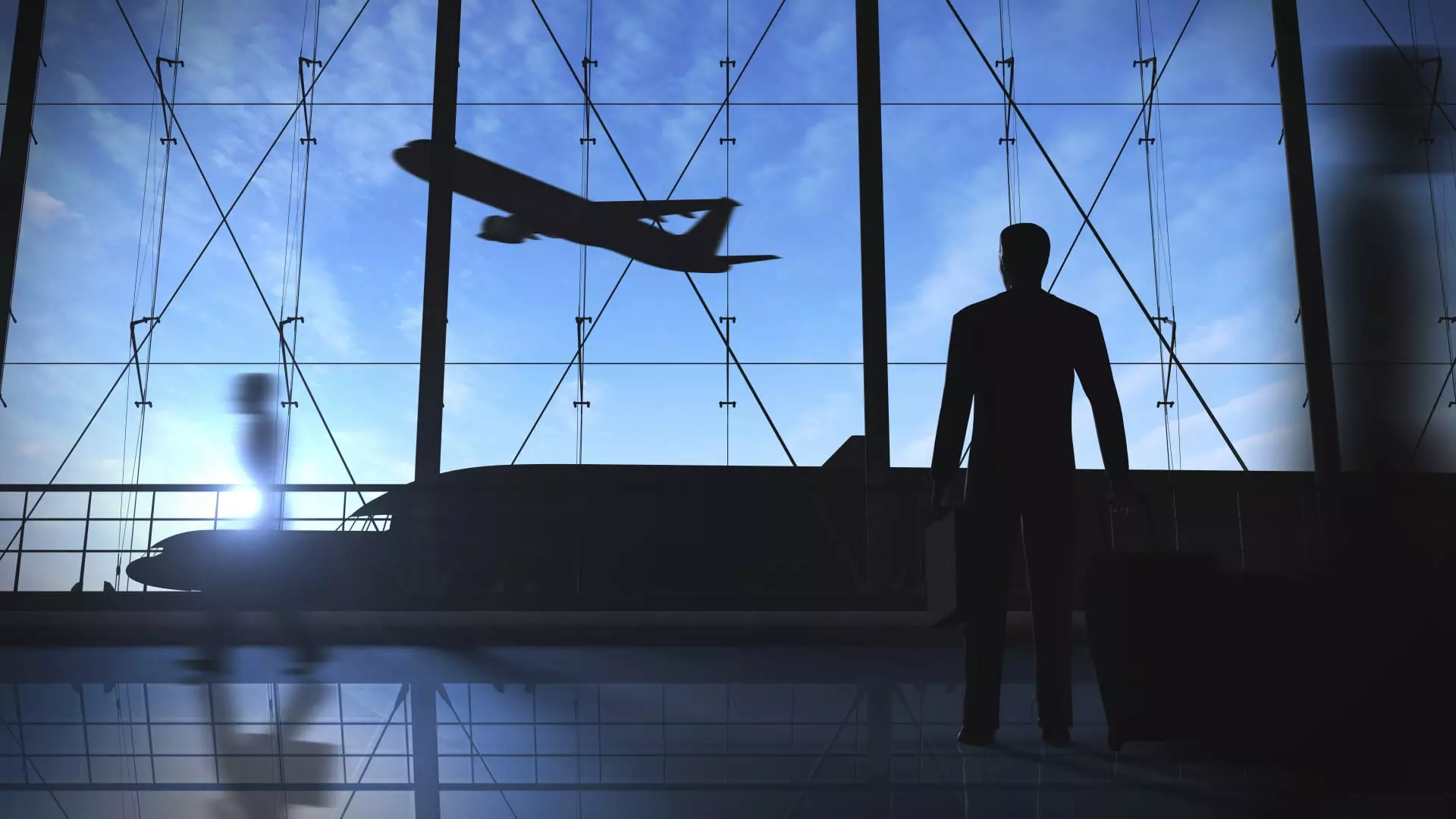In an era marked by unpredictable geopolitical tensions and shifting economic policies, one might expect corporate travel to decline sharply or at least show clear signs of retrenchment. However, recent data paints a more complex picture: corporations are not abandoning their commitment to face-to-face interactions but are instead becoming increasingly strategic about how they allocate travel budgets. This nuanced behavior reveals a paradox—business travel is resilient, yet the underlying confidence in its expansion is fraying at the edges.
While overall expenses on business travel rose by 15% in the second quarter of 2025, this growth is modest compared to previous years. The more telling story is the reason behind this steady flow: companies are tightening their belts, re-evaluating their priorities, and removing the frivolous from their travel agendas. It’s not a sign of industry strength but rather a reflection of a cautious and calculated approach to a landscape fraught with uncertainties. This dichotomy—continued spending amid a climate of economic and political instability—exposes the fragility of purported growth strategies and raises questions about whether this resilience is sustainable or merely a temporary facade.
Shifting Strategies: From Quantity to Quality
Traditional corporate travel, with its emphasis on large-scale conferences or extensive group travel, is rapidly giving way to more efficient, purpose-driven trips. Companies have learned the hard lessons of the past five years: frivolous travel yields little return on investment and can be a drain on resources. Now, CFOs and decision-makers are scrutinizing every dollar spent, focusing on trips that promise tangible outcomes rather than those driven by convenience or tradition.
This shift is not without consequence. The small yet significant increase in expenditure on personal, one-on-one meals—up by nearly 10%—indicates a focus on cultivating meaningful relationships, rather than superficial networking events. Conversely, spending on large-scale team events shows signs of contraction, hinting at a cautious mindset among corporate leaders who prefer targeted engagement over costly extravagance. Such strategic realignments reflect an acknowledgment that economic headwinds—trade tensions, inflation, and policy vagaries—make every travel dollar more scrutinized.
Yet, despite these prudent adaptations, the industry’s optimistic narrative is undercut by declining sentiment among corporate leaders. The drop from 67% to less than 30% in optimism about the business travel outlook signals an underlying nervousness. Corporations are aware that their current strategies may be short-sighted, and the road ahead remains unpredictable. The recent slowdown in growth projections from 10.4% to a restrained 6.6% further underscores a sobering recognition that this resilience could be just a pause rather than a new norm.
Price Dynamics and Their Impact on Travel Patterns
One of the most visible signs of this cautious optimism is the decline in airfare prices—down nearly 3.5% in June—making travel slightly more affordable but also signaling decreased demand among price-sensitive customers. Airlines like Delta and United report that overall corporate volumes are roughly flat or only modestly increasing, aligning with their CEOs’ more guarded outlooks. This stagnation suggests that, even as companies attempt to maintain travel commitments, they are doing so with an eye on cost efficiency, favoring multi-stop trips and leveraging technology to maximize ROI.
The decline in premium class bookings further illustrates this trend. CEOs like Ed Bastian observe that while the premium segment remains stable, the overall volume has plateaued, constrained by lingering economic fears. Meanwhile, the focus on purposeful, strategic trips aligns with the broader narrative: businesses are trying to avoid reckless spending, focusing instead on trips that demonstrate clear value, thereby minimizing risk in an environment of heightened uncertainty.
The reduction in trip frequency and shifting travel patterns are fundamentally a conservative recalibration. Their implications reach beyond immediate cost savings—they reflect a broader corporate message: in uncertain times, stability and deliberate decision-making trumps growth for growth’s sake. When combined with declining optimism and cautious airline forecasts, a picture emerges of an industry in a fragile state, relying on delicate balancing acts to avoid tipping into a downturn.
The Illusion of Recovery or Genuine Adaptation?
The recent statements from airlines and industry executives give an impression that corporate travel might be bouncing back from a downturn, but deeper scrutiny suggests a different reality. While some CEOs speak optimistically about stabilization, actual figures show that the expected rebounds—a 5% to 10% growth—are nowhere in sight. Instead, what’s emerging is a pattern of adaptation born out of necessity rather than confidence.
The narrative that business travel is resilient and here to stay is comforting but potentially misleading. It glosses over the underlying fears that corporations are merely biding their time, waiting for clearer signals before ramping up any substantial growth. The “wait-and-see” approach is not signs of bold economic optimism but of rational caution. In this context, the industry’s apparent resilience is fragile, built on short-term tactical moves rather than a robust cultural shift or a realignment of long-term strategic priorities.
As policy uncertainties persist—particularly around trade tariffs and international relations—the industry faces an uphill battle. The recent slowdown in growth expectations and muted sentiment polls affirm that corporate leaders remain wary. They are balancing the immediate need for face-to-face engagement with the risk of overextending in an environment where tomorrow’s economic landscape could look very different from today’s.
In the final analysis, the narrative of recovery is an illusion. Beneath the surface, a cautious, hard-earned adjustment is taking place—one that suggests the industry’s resilience is not a sign of robust growth but a fragile response to an unpredictable world. The future of business travel will depend less on the desire to expand and more on the capacity to adapt swiftly when the ground shifts once again.

